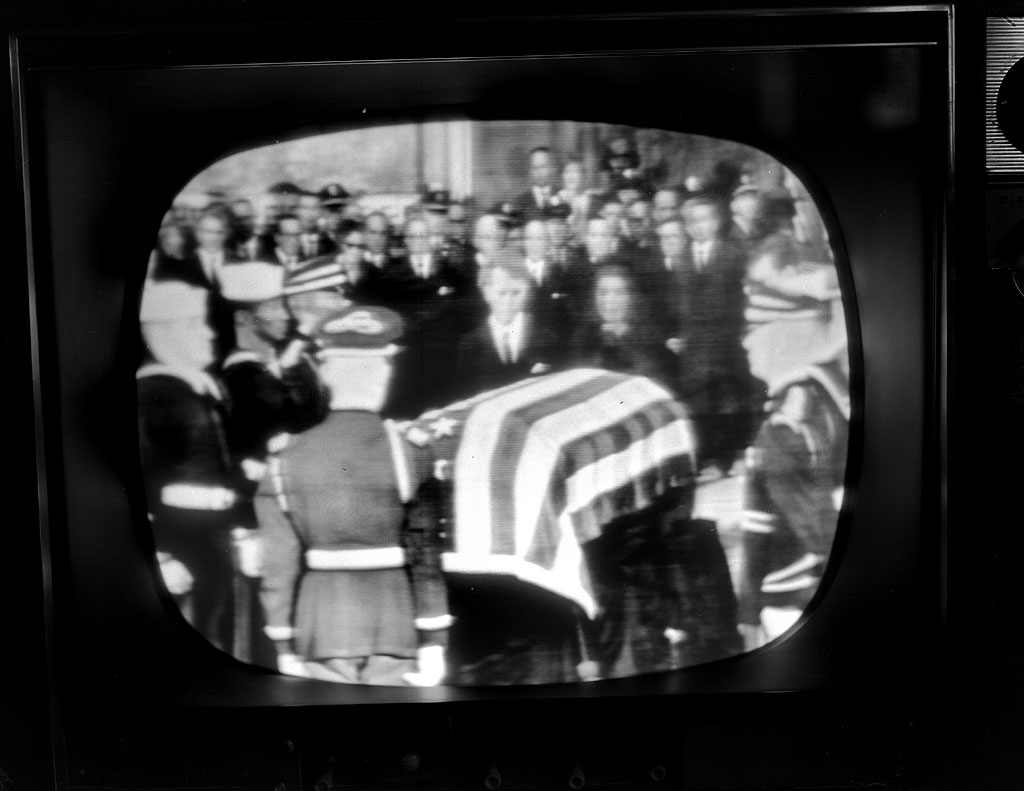Do those Koreans really feel sad? Are they just going through the motions or is their grief genuine?
I have some sympathy for those Koreans. Perhaps this is because I've heard so many comments about Scandinavian-American, upper midwesterners seeming lack of emotion; these comments are based upon their/our non-demonstrative behavior. Lacking display suggests lack of emotion and 'excessive' display seems to suggest faked emotion.
Why, I wonder, do we Americans question the sincerity of the Koreans' behavior? What do we know about the relationship between sorrow and patriotism in a Confucian culture? And what do we know about mourning or ritual?
 It may well be that having conventions for expressing sorrow during the period of mourning serves both to allow expression of "real" sorrow and to evoke sorrow where it might otherwise be lacking. It may well be that ritual is not the antithesis of real, genuine emotion, but rather its channel and its stimulus.
It may well be that having conventions for expressing sorrow during the period of mourning serves both to allow expression of "real" sorrow and to evoke sorrow where it might otherwise be lacking. It may well be that ritual is not the antithesis of real, genuine emotion, but rather its channel and its stimulus.  Here are photos of the funeral processions for Vaclav Havel and John F. Kennedy. Perhaps these displays were less subdued, but they are also instances of sorrow and patriotism mixed together in ritual.
Here are photos of the funeral processions for Vaclav Havel and John F. Kennedy. Perhaps these displays were less subdued, but they are also instances of sorrow and patriotism mixed together in ritual.The JFK image is precisely right for my recollection of the event for which my elementary school was canceled. Like many other Americans, I watched the funeral on television. I heard the symbolism of the riderless horse explained. I saw that photo of little "John-John," in his serious coat, saluting his father. I collected newspaper stories in a scrapbook. Was my emotion real? Did I catch it from the media and the adults around me? Some of each seems the most genuine, true response.

No comments:
Post a Comment